My name is John Esposito. I am a sophomore at the University of Notre Dame majoring in environmental science, and this is the story of how I was able to do amazing research, swim with sharks, go on sailboat adventures, and become part of family that was over 7,000 miles away from where I live. This is the story of my experience at CAPE RADD. It was late April of 2018, and I had nothing planned for my summer. I spent countless hours online trying to find the perfect research opportunity to do over the summer. However, none of them seemed right for me until the day I got an email from my school saying there was a marine science career development opportunity in South Africa.
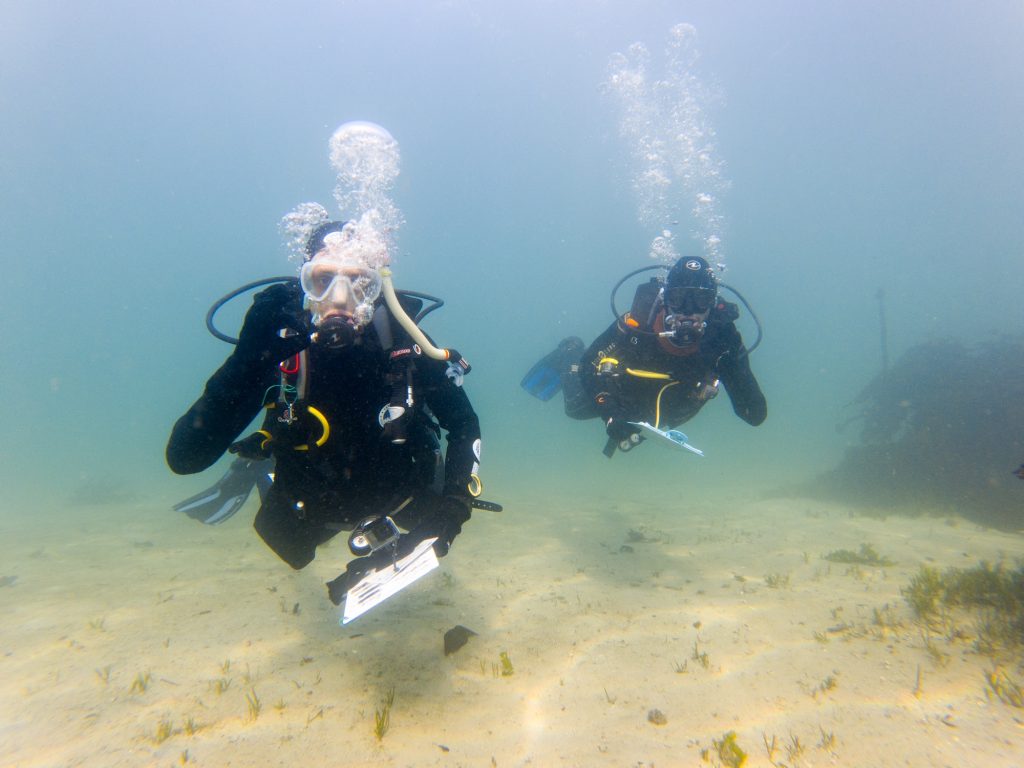
For my entire life, my passion has been marine science, so when I got this email, I knew this was exactly what I was looking for. I quickly sent an email to the Cape RADD team asking them if they could tell me a little more about their program. Within in a day, I got a response back from Mike Barron, one of the researchers who runs Cape RADD. He couldn’t have been more helpful in answering my questions about the course, and I could already tell he had a great passion for teaching students and helping them gain the skills required to do marine science. One month later I was on a plane heading to South Africa.
As I said good bye to my parents at JFK airport, my stomach was soon filled with butterflies. I was about to fly to a country 7,000 miles that I had never been before to meet two people I had never met in person. I tried to sleep on the plane, but I was so anxious of what lay ahead. Finally, as we began our decent and sank below the clouds, I couldn’t believe my eyes. The city of Cape Town looked like something out of a movie. The city was right on the water with some of the most magnificent coastline I had ever seen. As I looked down I could see the football Stadium where the 2010 FIFIA World Cup was held. However, the most incredible part of the city was its backdrop. A mountain towered over the rest of the city, which I soon learned was called Table Mountain. Between the ocean and the mountain, Cape Town was trapped in its own little utopia.
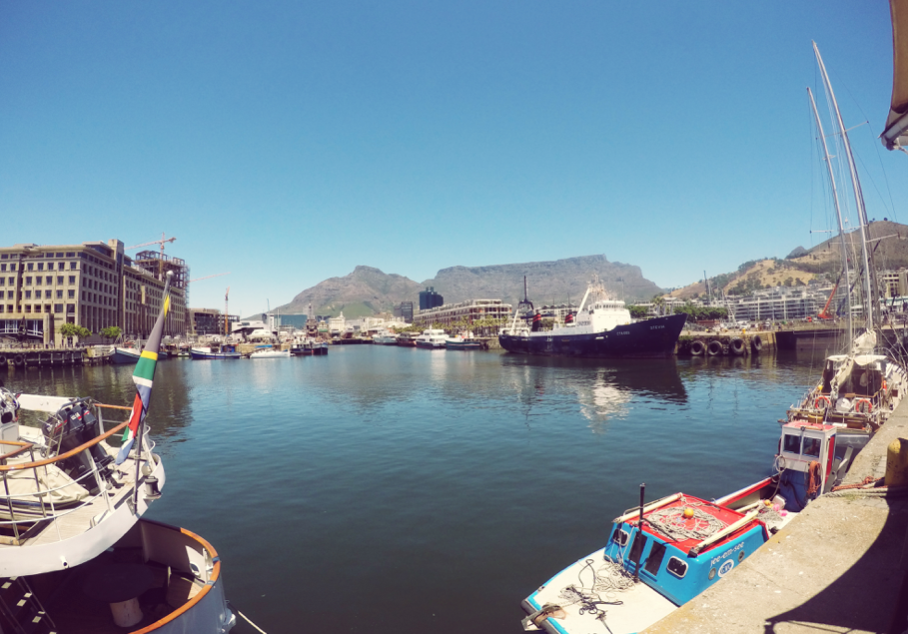
The sight of this exquisite city helped put some of my nerves at ease. Nonetheless, I was still a little nervous. Once I got my bag, Mike was right there waiting for me with a big smile on his face. I could tell he was happy to have me there and my nerves started to sink away. Mike gave a quick tour of the city before we headed off to Simon’s Town, South Africa. It was a quaint little town by a naval base with many different restaurants and shops. Once I got settled in, I met Dylan, the another researcher on the team, and he also welcomed me with open arms. That night we had a braai, which I swear is just a barbeque, even though they tried to convince me otherwise. However, from that moment I knew this was going to be an incredible month with two incredible guys.
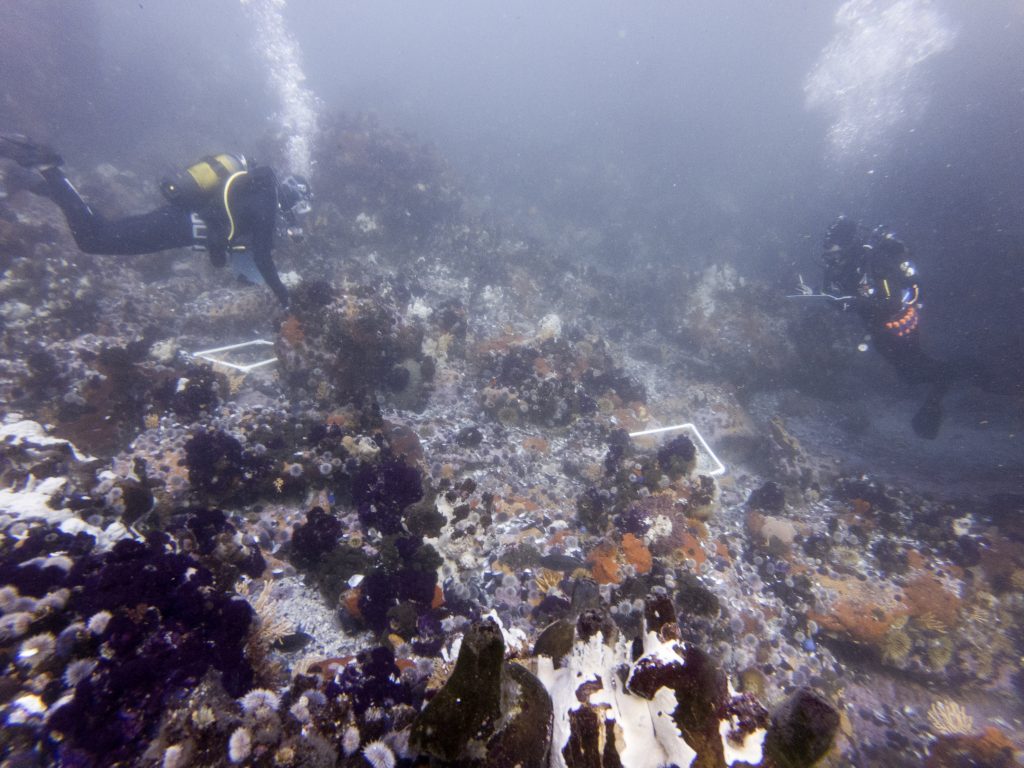
The first week was predicated on learning a little bit about the ecology and biodiversity of the area, and also becoming comfortable in the water. I had presentation/lecture every morning, and honestly the lectures were incredible. Both Mike and Dylan were so knowledgeable on the topics we discussed, and each lecture seemed to only stimulate my brain even more. I could ask questions freely so these lectures became more of a discussion, which I loved. In the afternoons, we began our dive training. I hadn’t dived in two years, so I was a little nervous when I first entered the water. However, Mike was there every step of the way to make sure I felt comfortable and safe. Within a day, I already felt like an expert in the water. Also, in the dive shop we worked from, everyone was incredibly nice and helpful. Now don’t get started on how beautiful the dives were. We dived in False Bay, which some call the Kruger National Park of the ocean. The ocean floor was covered in all different colours of sea urchins and starfish. Rocks were covered with nudibranchs, which had some of the most vibrant colours I have ever seen. Red Romans, Blacktails, and Strepie swam all around us. Pyjama sharks swam right under us as if they were stopping by to say hi. We also got to dive through kelp forest, which was like an underwater jungle. Seals even came up to us looking to play. It was truly a whole other world below the surface that words can’t even describe.
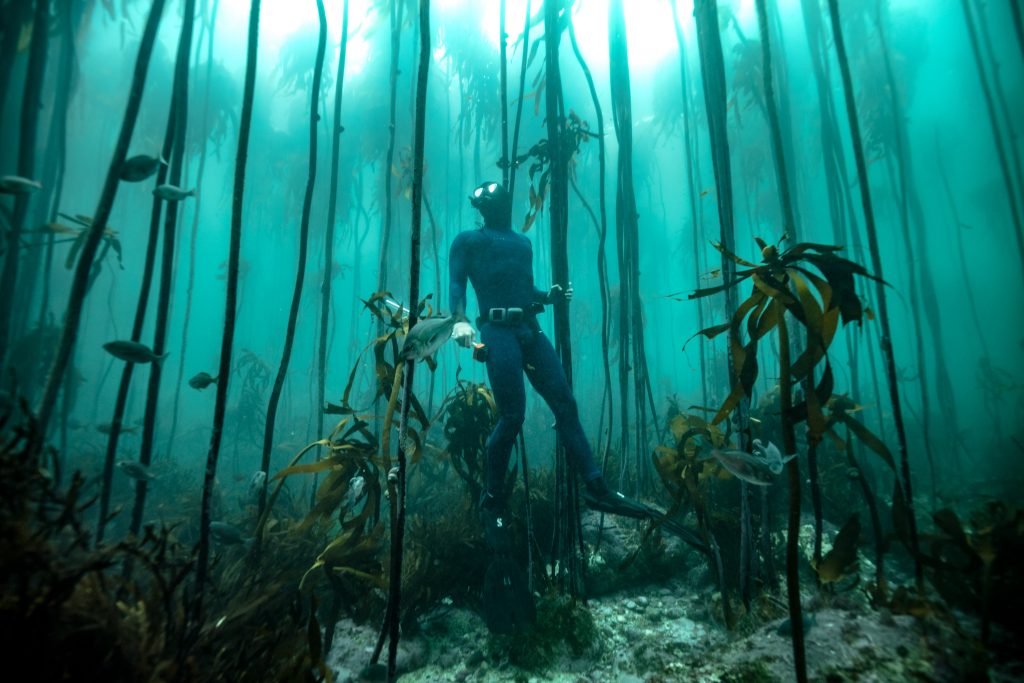
In the second week, I started to learn about different sampling techniques Mike and Dylan used to conduct their research. I learned about collecting data using transect lines, quadrats, and random sampling. We also went over how to analysis the data using Simpson’s index and the Shannon-Wiener Index. In addition, they started to teach me how to free dive. To be honest, the first time they took me out free diving I didn’t do great. I could barely go down 10ft and could only hold my breath for like 20secs. Luckily, Dylan gave some incredible lessons and lectures on how to free dive. By the end of the week I could hold my breath for almost two minutes. By the end of the trip I could dive down close to 30ft and was swimming through caves; it was incredible. I still use some of the breathing techniques Dylan taught me before I have a big exam to calm myself down.
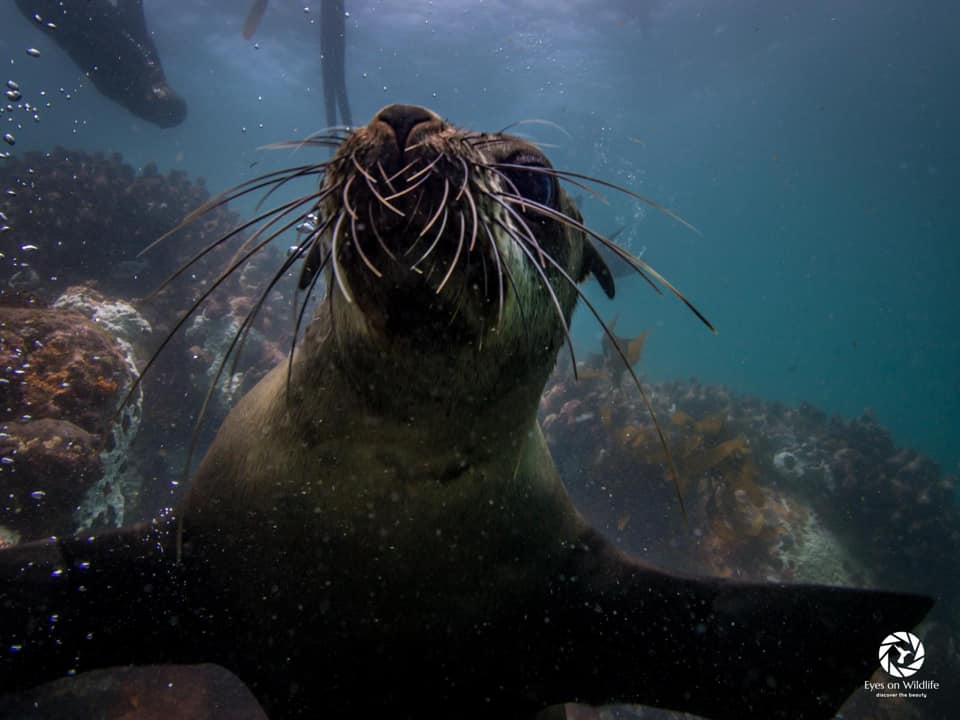
The third week during lectures, Mike and Dylan taught me how to use different computer programs to analyse the data we collected and create maps. I had never done computer programming before, so this was completely foreign to me. We worked with R which helped us to create programs that measured biodiversity, and QGIS which helped us to create maps of the local topography. By the end of the week I felt like Steve Jobs on the computer…sort of. In the afternoons, we would go diving every day, and we used the sampling techniques I learned in week two to record data. The research we conducted helped us get a better understanding of the biodiversity around false bay in marine protected areas and non-marine protected area. The coolest part about this was that Mike and Dylan trusted me to conduct my own observations and recordings, and made me the main person in charge of collecting the data. This gave me the field work and knowledge that a classroom could never teach me.

In the final week, I helped Dylan with one of his research projects which was identifying White Sharks by the shape of their dorsal fins to get a better estimate of how many White Sharks were around the cost of South Africa. I soon learned that every shark has a unique dorsal fin shape similar to a finger print. This means you could identify a shark just by a picture of its dorsal fin. I found this completely fascinating.
The weekends were just as eventful as the weekdays. I got to cage dive with Great White Sharks, hung out with penguins on the beach, compete in local trivia events, and hike to waterfalls. However, the best part of the weekend was that on Saturdays we cruised around the coast of Cape Town on a sailboat. The sailboat is owned by Yacht Boaz whose mission is to educate the public about the destruction plastics have on marine ecosystems. We would be joined by a diverse group of people from all around the world, and we would educate them about the harmful impacts of plastics.

Overall, words can’t describe how amazing this experience was. I grew as a researcher, student, and person. I can never thank Mike and Dylan enough for everything they have done for me. If you have a love for the ocean this is hands down one of the best experiences you can do. It has forever changed my life, and I’m sure it will change yours.
1 Comment
Thinking about an Internship? Try a Field Course! - Cape RADD · April 24, 2019 at 1:19 pm
[…] Read about his time here! […]